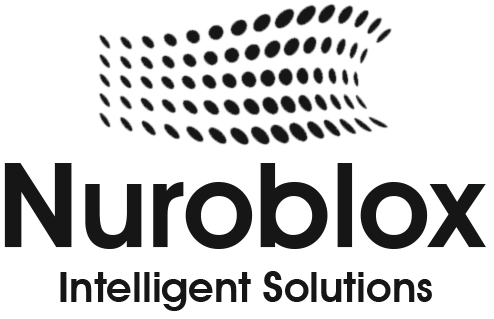Agentic AI Automation vs Generative AI: Key Differences
Imagine an AI system that doesn’t just follow instructions but sets its own goals, plans its own steps, and adapts on the fly. Now imagine another that can craft human-like text, design images, or compose music in seconds. Both sound revolutionary, yet they belong to two very different categories of artificial intelligence: Agentic AI automation and Generative AI.
The tech world is buzzing with these terms, but many confuse one for the other. Understanding the difference is not just about keeping up with the latest jargon. It can help you make smarter business decisions, adopt the right tools, and anticipate where AI might take your industry next.
In this guide, we will break down what sets Agentic AI apart from Generative AI, explore how each works, and examine their strengths, limitations, and real-world applications. By the end, you’ll be equipped to tell them apart instantly and know when to use each for maximum impact.
Defining Agentic AI Automation
Agentic AI automation refers to artificial intelligence systems that act with autonomy, making decisions and taking actions toward a defined objective without constant human intervention.
How It Works
- Trained on Large Datasets: Learns patterns, structures, and styles from vast amounts of data.
- Prompt-Driven: Responds to specific user inputs with new outputs.
- Pattern Recognition: Predicts the next logical piece of content based on context.
Well-known examples include ChatGPT for text, DALL·E for images, and tools like Midjourney or
Synthesia for multimedia.
Strengths of Generative AI
- Produces creative outputs quickly
- Can scale content creation at low cost
- Adapts to multiple formats and styles
Limitations
- Does not act independently without prompts
- Risk of factual errors if not fact-checked
- Limited understanding of real-world consequences

While both are forms of AI, their design goals and use cases differ dramatically.
Purpose
- Agentic AI: Designed to act, decide, and achieve goals.
- Generative AI: Designed to create and produce content.
Autonomy Level
- Agentic AI: High autonomy, can operate continuously without ongoing prompts.
- Generative AI: Low autonomy, works only when given a direct request.
Example Scenarios
- Agentic AI: An AI assistant that books travel, changes itineraries mid-trip due to weather, and notifies your calendar automatically.
- Generative AI: An AI that writes a travel blog describing your itinerary.
Quick Comparison Table
| Feature | Agentic AI Automation | Generative AI |
| Autonomy | High | Low |
| Goal-Driven | Yes | No |
| Creative Output | Sometimes | Yes |
| Acts in Real World | Yes | No |
| Requires Constant Prompts | No | Yes |
Real-World Applications
Agentic AI in Action
- Supply Chain Management: AI that reroutes shipments in real time when disruptions occur.
- Healthcare Operations: AI systems scheduling patients, ordering supplies, and coordinating staff shifts.
- Finance: Automated portfolio management that adjusts investments based on market conditions.
Generative AI in Action
- Marketing Content: Blog articles, product descriptions, ad copy.
- Design: Visual assets, branding concepts, and video scripts.
- Education: Custom learning materials, quizzes, and explanatory visuals.
Which Should You Choose?
The right AI depends on your goal.
When to Use Agentic AI
- You need autonomous execution over time
- Tasks involve multiple systems or decision points
- The process benefits from adaptive problem-solving
When to Use Generative AI
- You need fresh, creative content quickly
- Outputs are based on prompts and predefined constraints
- The end product doesn’t require independent decision-making
Conclusion
Agentic AI automation and Generative AI are not competing technologies. They are complementary, each excelling in its own domain. Agentic AI acts, decides, and adapts to reach a goal. Generative AI creates, imagines, and produces new content when asked.
By understanding these differences, you can choose the right AI approach for your needs, whether it’s running your operations in the background or helping you produce world-class creative work. The future will likely blend both, offering AI that can create and act and that’s a horizon worth watching.


